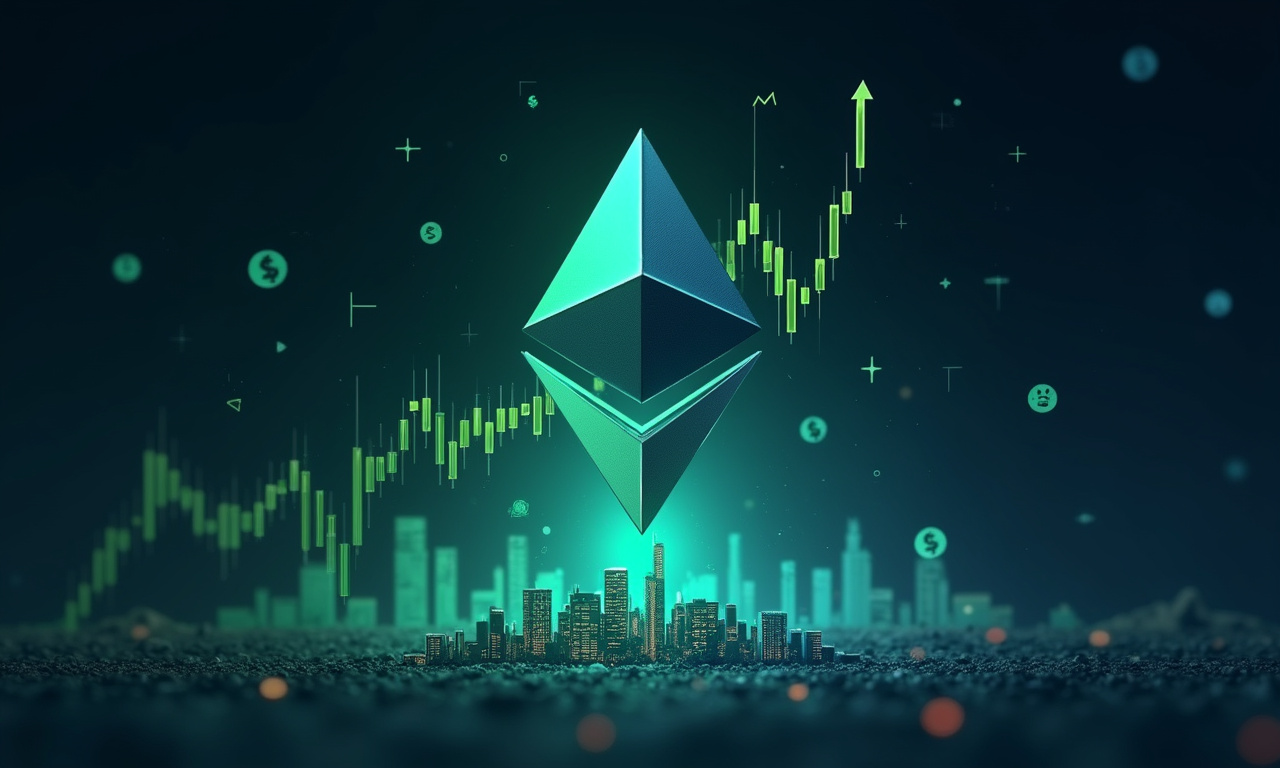The crypto space is never short on exciting projects that claim to change the way we engage with decentralized finance (DeFi). Two projects making waves right now are DexBoss and Nextchain. DexBoss improves the success of your trading strategies by following smart wallets. At the same time, Nextchain enhances transaction speeds and reduces costs through Layer-2 scaling solutions. This article explores their technologies and impacts. It focuses on the risks associated with it, providing you with a complete picture to keep you on top in the Web3 world.
DexBoss: Smarter DeFi Trading?
As the market leader among no-code development platforms, DexBoss aims to make the dex trading experience smarter and better. Providing the features businesses need to give them a competitive advantage. At its core, DexBoss gives users private data on what the best traders are doing. This new information equips them with the knowledge they need to make more informed decisions.
Key Features of DexBoss
- Customizable Trade Alerts: DexBoss allows users to set up personalized alerts, ensuring they are promptly informed about significant market movements and trading activities. This feature helps traders react quickly to market changes and capitalize on opportunities.
- Smart Wallet Tagging: The platform enables users to tag and categorize wallets based on their trading behavior. This makes it easier to identify successful strategies and differentiate them from those employed by bots or in pump-and-dump schemes.
- "100 Wallet Groups" Function: This feature groups wallets based on observed behaviors, providing users with insights into the strategies of top-performing traders. By analyzing these groups, users can gain a better understanding of effective trading techniques.
DexBoss’s comprehensive strategy underlying DeFi trading is to harness the power of data and analysis to put power back into the hands of users. What DexBoss wants to do is make super advanced trading strategies available to everyone. Their intelligent market indicators give you the ability to observe and predict the actions of top traders.
The Risks of DexBoss
Though DexBoss has many potentially valuable features, understanding the risk is the first step to protecting yourself.
- DexBoss faces stiff competition: DexBoss faces intense competition from established DeFi aggregators like 1inch, Matcha, Paraswap, and Rango, which have extensive audits and proven track records.
- Uncertainty around aggregator contracts: Users have grown wary of untested aggregator contracts, particularly given the uptick in DeFi exploits and scams in recent years.
- Regulatory Risks: Regulations are always changing, and that could hit DexBoss hard.
- High Risk of Loss: The values of the tokens will move up each round during pre-listing, but there is a risk of losing investment if the project fails.
- Market Volatility: The crypto market is highly volatile, and the value of tokens can fluctuate rapidly.
- Lack of Transparency: Pre-sale projects may not provide sufficient information about their financials, team, or project roadmap.
- Scam Risks: Pre-sale projects can be scams, and investors may lose their entire investment.
Nextchain: Layer-2 Scaling for the Masses?
Nextchain aims to address the scalability challenges that have affected numerous blockchain networks. With Layer-2 scaling solutions, Nextchain is focused on ensuring that transactions can be free and fast, which leads to the overall better user experience.
Layer-2 Benefits
Layer-2 solutions work by processing most transactions off the main blockchain (Layer1). After grouping, they finalize these trades in batches on the base chain. This approach offers several key benefits:
- Enhanced Scalability: Layer 2 solutions significantly improve transaction processing capacity and speed, effectively managing larger volumes of transactions without congesting the main blockchain.
- Reduced Transaction Fees: By handling transactions off the main chain, Layer 2 solutions can drastically reduce the cost per transaction, making it more economical for users to engage in transactions.
- Increased Adoption: Layer 2 solutions can offer more scalability and lower costs, which may drive quicker adoption, provided they can ensure seamless integration and user experience.
- Improved User Experience: Smart wallets with Layer 2 solutions can provide a more efficient and cost-effective experience for users, enabling them to perform transactions quickly and easily.
- Environmental Efficiency: Layer 2 solutions can reduce energy consumption by compressing thousands of transfers into a single proof, slashing gas consumption per transaction.
Use Cases for Layer-2
The benefits of Layer-2 scaling extend to various applications within the crypto space:
- Higher transaction throughput: Offloading transaction execution to L2 blockchains increases the number of transactions processed per second.
- Lower transaction costs: Bundling multiple transactions into a single operation on a layer 2 network reduces the gas fees needed for onchain settlement.
- Layer 2-native applications: Applications designed specifically for Layer 2 crypto environments can fully exploit the scalability, cost efficiency, and programmability these solutions offer.
- Faster and cheaper lending, borrowing, and yield farming protocols: Layer 2 scaling solutions enhance the scalability and usability of DeFi applications.
- Near-instant finality and greater privacy: Layer 2 scaling solutions enable near-instant finality and can offer greater privacy, addressing key challenges faced by Layer 1 networks while maintaining security and decentralization.
As the ecosystem rapidly grows and expands, layer-2 scaling solutions such as Nextchain will be integral to future growth and adoption of blockchain technology. These solutions are attempting to address the scalability issues of Layer-1 networks. In effect, they lay the groundwork for massive adoption of decentralized applications and cryptocurrencies.
The pre-sale investments we’ve made in projects such as DexBoss and Nextchain are certainly high-risk endeavors. As with any investment decisions, investors should do their own research and due diligence. Ultimately, it’s about doing your homework—understanding the project’s technology, team, and potential challenges. All of these projects deliver innovative solutions. With that potential comes the danger of massive losses.




